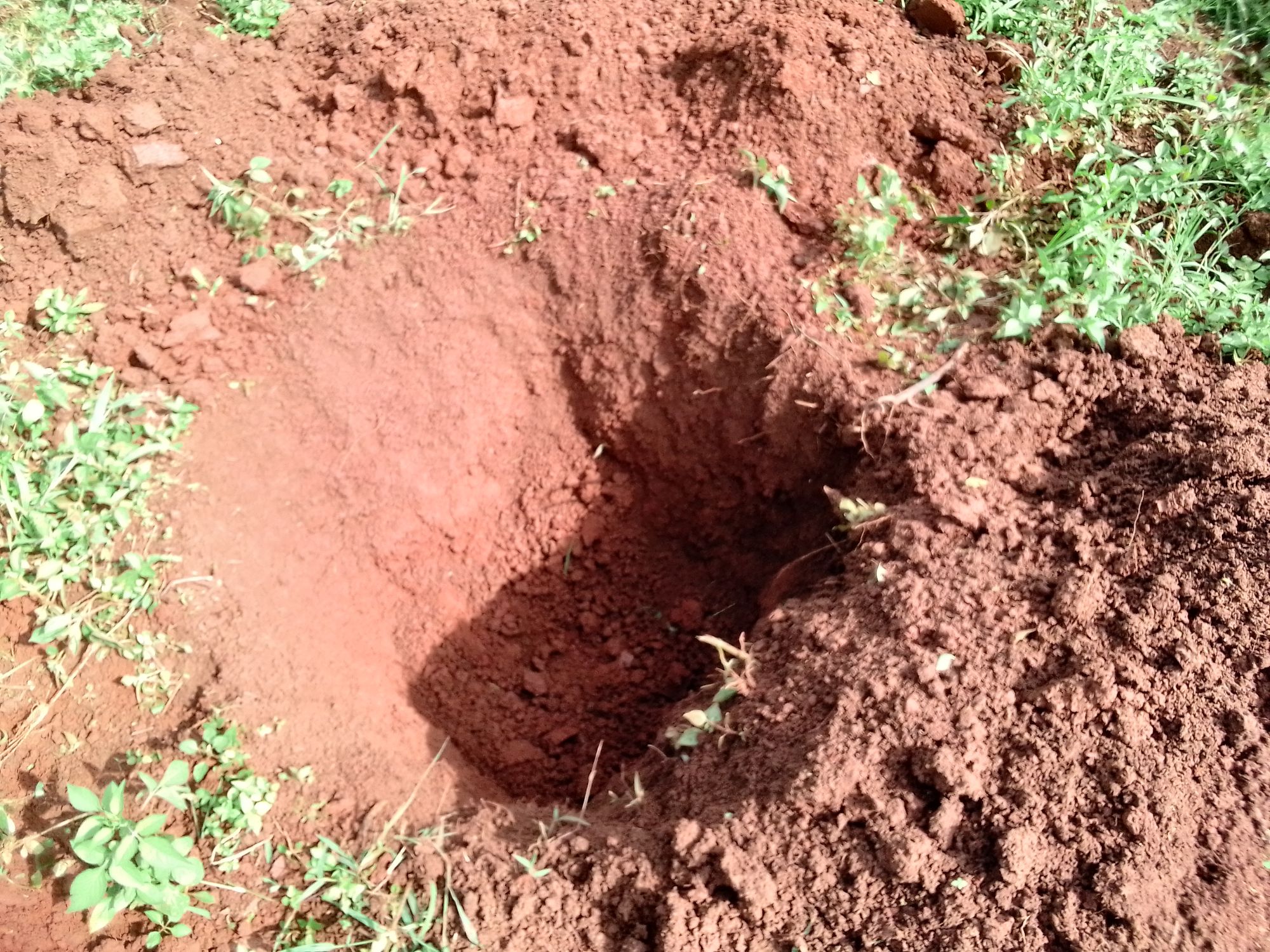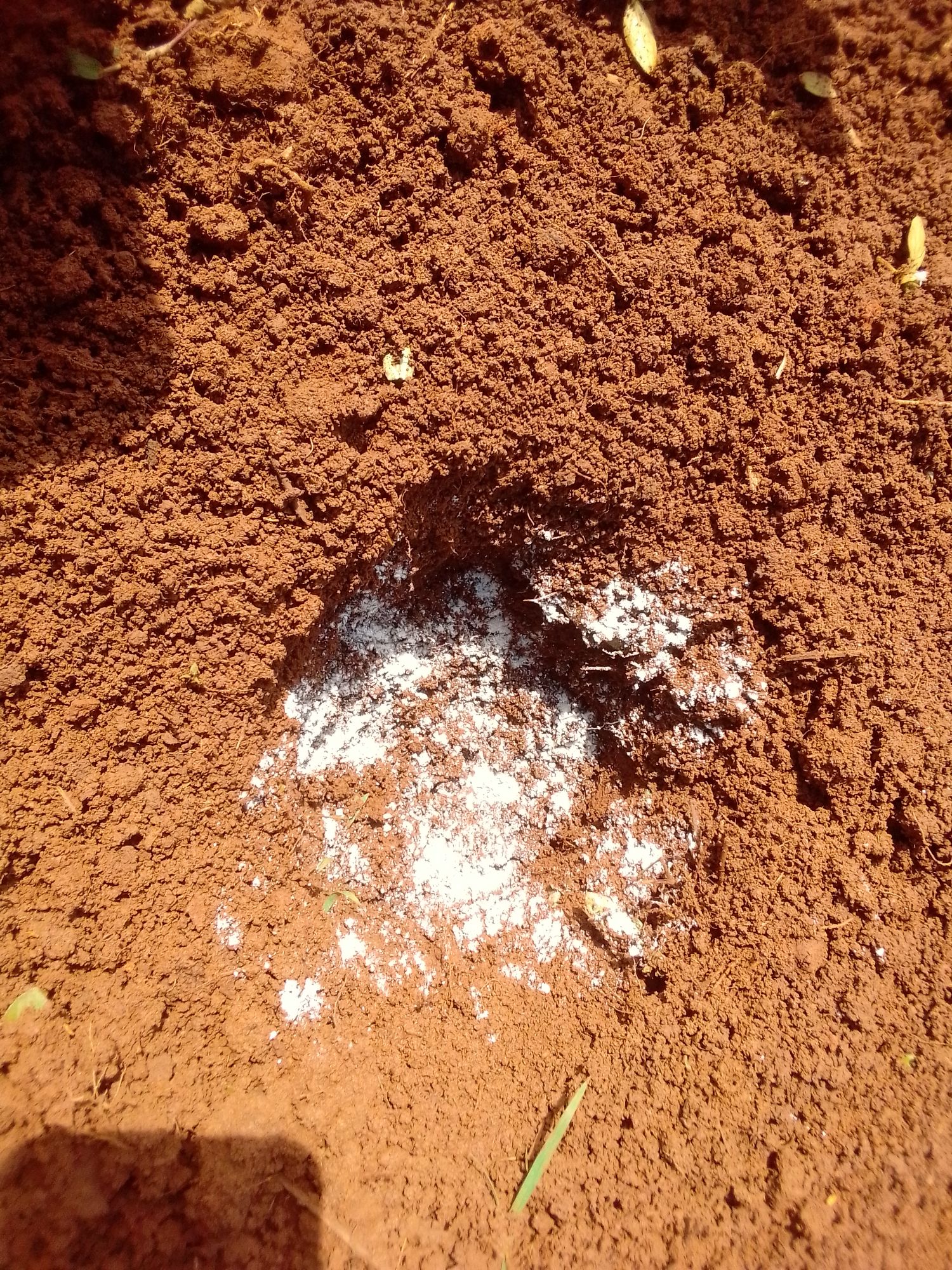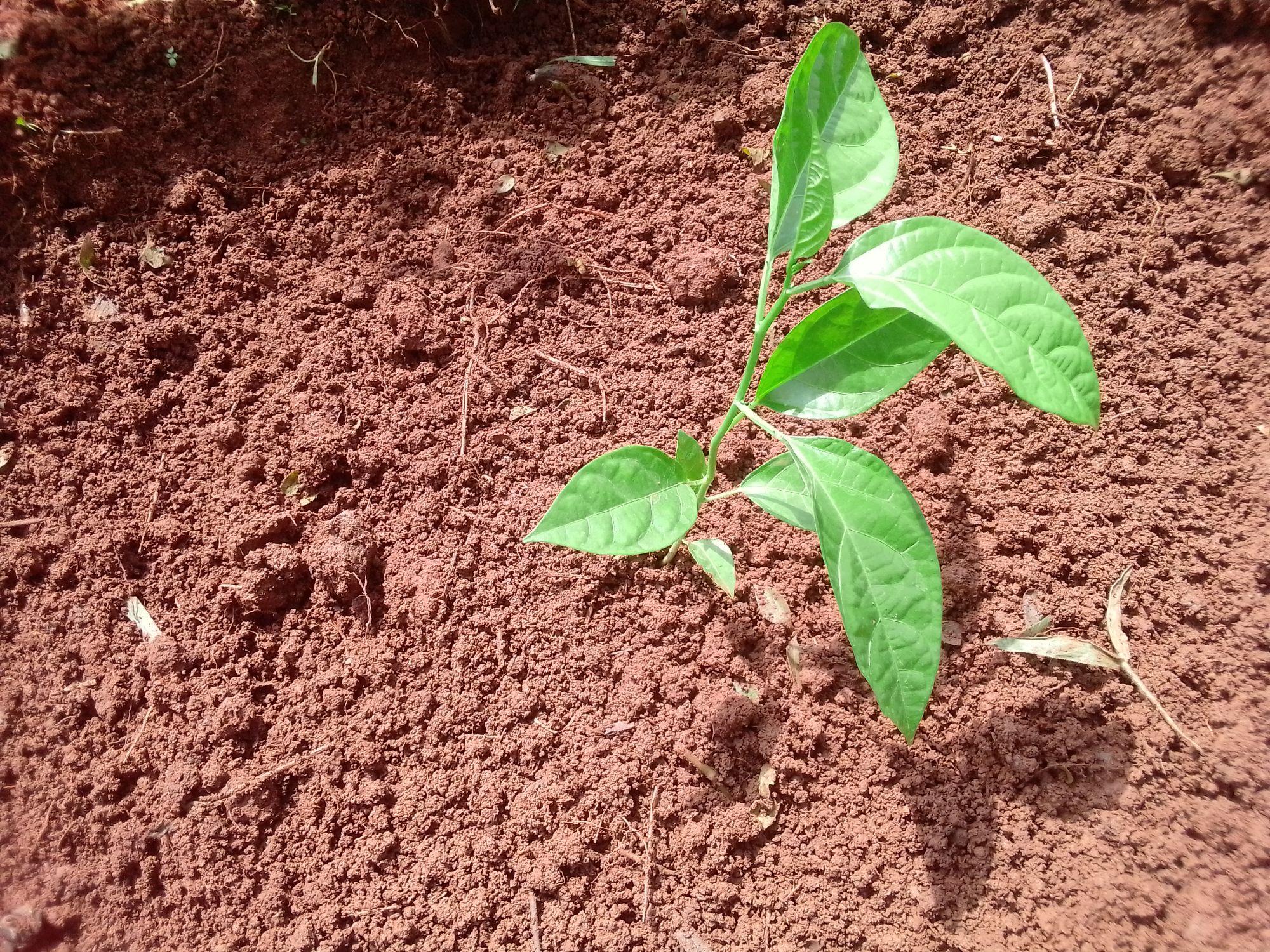
Everyone is encouraged to eat fruits to boost their immunity and keep themselves healthy, doctors recommend as well. But very people are planting fruits, hence the rising prices of fruits in our markets. With the current economy, very few people can afford to consume fruits, especially in towns and cities. In villages people are a bit lucky when compared to their counterparts in towns and cities.
In our rural Busia for instance, there’s at least one fruit tree in every home you come across. If it is not a mango or guava, then it’s an avocado, or pawpaw, or jackfruit. If you’re lucky, you might find yourself eating a different fruit every single day as some people give them away for free.
But things are changing fast, even in villages it is getting harder with each passing day to get free fruits. When I was a kid fruits like guava used to be everywhere: in every home; every farm; along rivers and even roads. But not anymore. The hunger for arable land for farms has made sure the only guavas that remain are in fenced compounds with “Mbwa Kali” sign at the gate. Today you need a guava, you either buy or beg. And that’s the reality. Today nothing is for free. I walk around the village and I see no women and girls dexterously balancing firewood on their heads as there’s nowhere to collect firewood. All the forests around are artificial, some with vicious owners. Not unless you have your own trees, please get yourself a gas cylinder or an energy saving jiko.

Passion fruits used to grow on their own back in the day, and I think it was because of being spread by humans through faeces as they relieved themselves in the bushes. But when latrines started to be encouraged, that changed. Now you see a passion fruit growing, it’s definitely planted.
Personally the first time I planted passion fruit, I was forced by mom to uproot it. I had planted three seeds in her farm and she was adamant those fruits aren’t planted on the farm but in compounds with trees for climbing. I had to wait a few years later to be given my own farm from where I could try my crazy ventures.
I’m already harvesting the first passion fruit trees I had planted when I returned from Kajiado. A month ago I added about ten stems, and today as I’m writing this I’m just from planting twelve more seedlings. I’m just a few more trees shy of a plant population of fifty passion fruit trees.

Currently I’m the only one planting passion fruits in my village. Last month I planted twenty hass avocado trees. Story for another day. But the plan is to have an orchard and earn from it. And I’m hopeful that would be enough to inspire young people into venturing into fruit farming and agribusiness as well.
I’m going to give you the steps of planting passion fruits from identifying the site, digging holes to planting. This is for those who want to plant their own and don’t know the proper way of doing it.
Passion fruit planting in steps:
- Site selection – before everything else you need to pick a site for your passion fruit farm. You need to consider the following factors:
- Soil type: loam, sandy loam, or clay loam soil types preferred. Avoid heavy clay as it retains a lot of water that can suffocate roots.
- Passion fruits are sensitive to waterlogging so choose a site with well draining soils. Poor drainage can lead to root rot, fungal diseases like Phytophthora or Fusarium wilt.
- Soil PH – soil pH in the range of 5.5 – 6.5 is ideal. Slightly acid soils.
- Temperature: the optimal temperature for passion fruits is 20 – 30°C.
- Rainfall: a range of 900 – 2000 mm, well distributed annual rainfall is ideal for passion fruits. Supplemented irrigation in drier areas is done.
- choose a site away from tall trees for maximum sunshine.

- Planting holes – Dig your holes at least 2 weeks before transplanting and make the holes 60 deep and 60 cm wide or 2 by 2 feet to create enough room for ample growth if the tree. Make the holes 2.5 – 3 meters apart. Separate the topsoil from the subsoil.
-
Fertilizer – Personally I prefer planting with organic fertilizers, either compost or well prepared manure. But you can still use inorganic fertilizers like DAP or apply them both.
-
Fill the hole – mix the topsoil you had put aside while preparing the hole and mix with your well prepared manure or compost and fill the hole with it.
-
Planting – using your hand or any scooping tool at your disposal to dig a shallow hole. Unwrap your seedling, gently place in the hole and cover the hole.

- Mulch – use straw or hay to cover around the seedling to protect the soil from extreme heat and also conserve moisture to prevent water stress.
-
Watering – water the seedlings with a watering can immediately after planting. After that water early every morning and late in the evening when there’s no rain. Passion fruits require a lot of water. You can do drip irrigation with water bottles like I normally do during extreme heat when there’s no rain.
I hope this simple steps will help someone to better planting that will produce quality fruits. We need more fruits in the market meaning more farmers are needed.

Disclosure: This banner contains an affiliate link. I may earn a commission if you purchase through it, at no extra cost to you.
